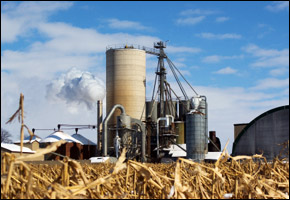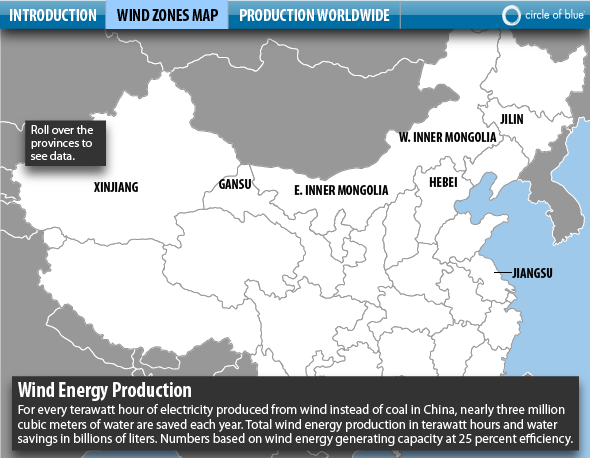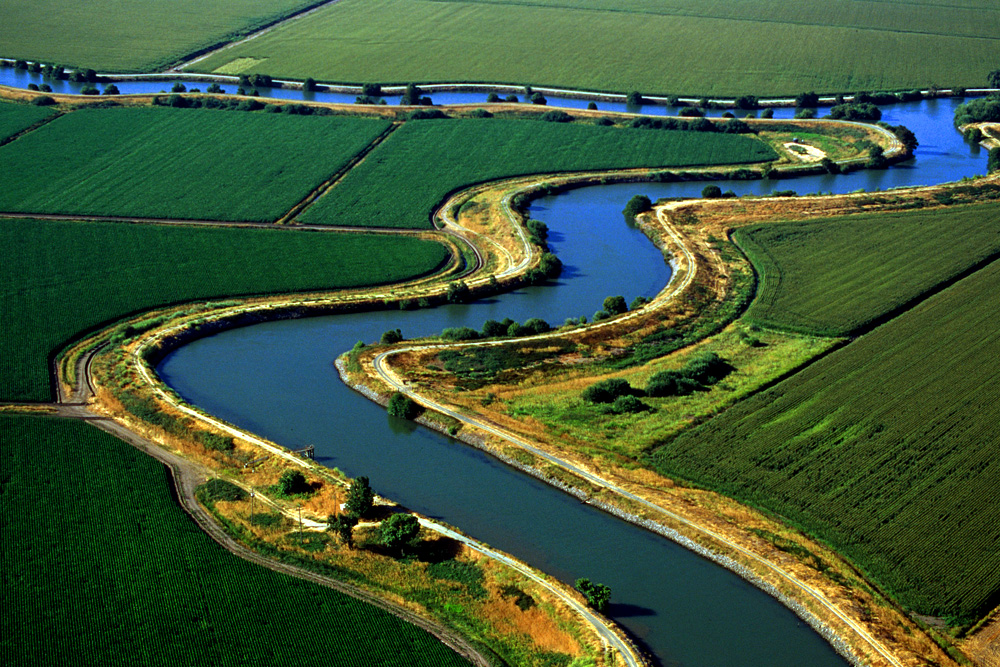Peter Gleick: Water for Energy, the Bad Bet for Biofuels

In the ongoing debate about rethinking America’s energy future, there has been far too little discussion about water. It takes a tremendous amount of water to produce our energy, no matter how you measure it.
According to the USGS assessment of water use in the United States (done every five years), about half of all freshwater and saline-water withdrawals for 2000 were used for thermoelectric power. Most of this water was derived from surface water and used for once-through cooling at power plants. I will write more about this in the future, and the Pacific Institute continues to work on a wide range of water/energy connections and analysis. Today’s Water Number is one little piece of this water/energy puzzle, but a remarkable one.
Water Number: 50 gallons of water per mile
This is the water required to produce the ethanol biofuels needed to drive a car ONE mile, using irrigated corn. This number comes from a recent Environmental Science and Technology (ES&T) journal article by R. Dominguez-Faus, Susan E. Powers, Joel G. Burken, and Pedro J. Alvarez.
50 gallons per mile. Wow. This is an average value and varies significantly depending on where and how you grow corn or other potential fuel feedstocks. It can be half this value or more than twice as this value, depending on irrigation technology and, especially, climate. But by any measure, it is huge.
Some early assessments of the water implications of biofuels only counted the water needed at the factories themselves and concluded there were no major impacts: according to these early estimates, it takes around 2 to 10 liters (or gallons) of water to make a liter (or gallon) of ethanol. But it turns out that this ignores the biggest water use: the water to grow the corn (or sugar cane or switchgrass or whatever biomass we might use to make ethanol). And that water could otherwise be used to grow food, or to satisfy other water needs.
How does this compare to the water required to produce gasoline? According to Professor Michael Webber at the University of Texas at Austin (in a piece he did for Scientific American in 2008), it takes 0.07 to 0.14 gallons of water to make the gasoline to drive a car one mile. Plug-in hybrids are a bit more water intensive, because you have to count the water to make the electricity too – perhaps 0.25 gallons water per mile. But these pale in comparison to water for biofuels.
The authors of the ES&T study also looked at the implications of the overall national biofuels program. They calculated that if we reach the mandated annual goal of 57 billion liters per year of ethanol (15 billion gallons per year) it would require 44% of the total US corn production (in 2007) and 6 billion cubic meters of water (1.6 trillion gallons, or around 5 million acre-feet) annually – more water than is used for everything in the state of Iowa.
Could we do it? Sure. But at costs to our water systems, our other irrigated water needs, our environment, and our pocketbooks – costs that have not yet been properly evaluated. In our discussions about the environmental consequences of energy decisions, we should also focus on the water implications of our energy choices.
Dr. Gleick’s blog posts are provided in cooperation with the SFGate. Previous posts can be found here.












Have you done any comparative studies on water use in the conversion of organic wastes into energy via non-thermal means (anaerobic digestion, pyrolysis, gasification, etc.)? I suspect the issue here has more to do with location than method, and while the energy budget is probably fairly similar to corn-to-ethanol practices, there would seem to be two significant differences: (1) the impact on the land is nowhere near as catastrophic and (2) in most cases, the collection, transport, and delivery of wastes pre-exists the conversion process and is caught in other budgets…i.e. they would exist whether or not there was any sort of value-added process involved
John Trotti, Editor, MSW Management